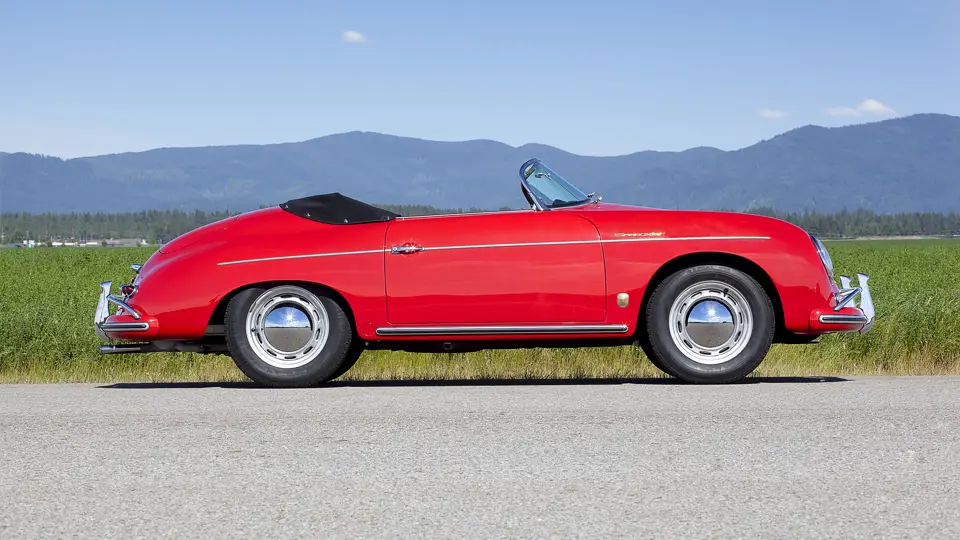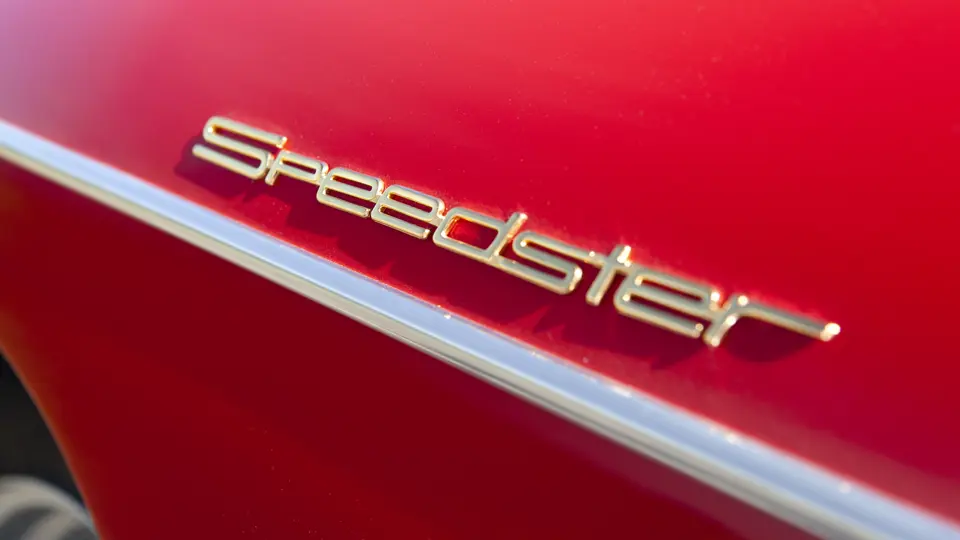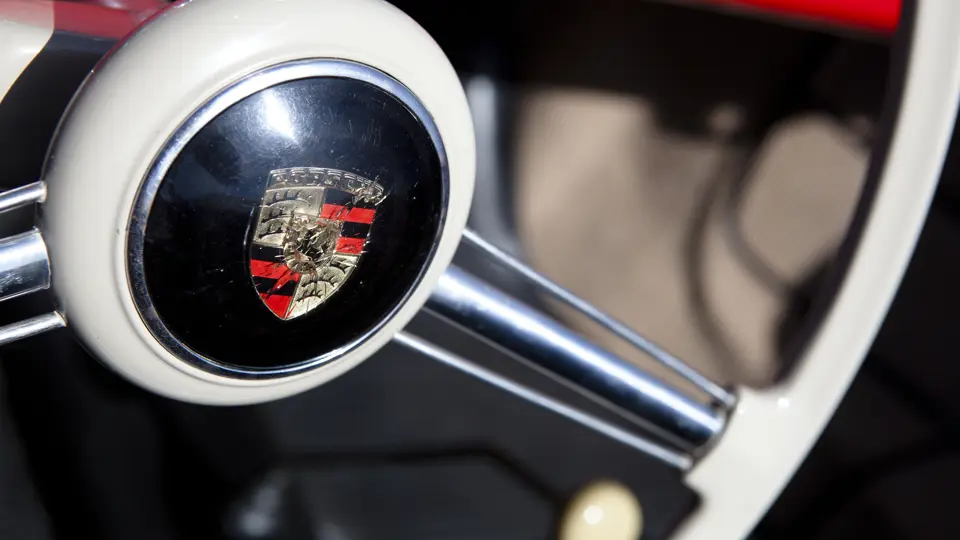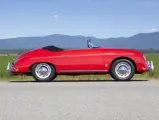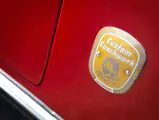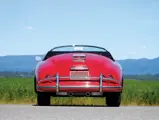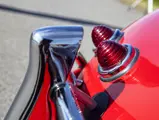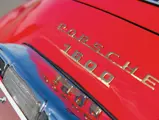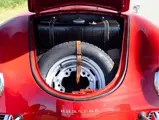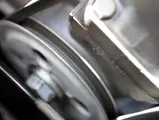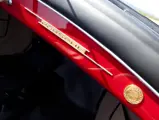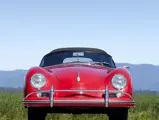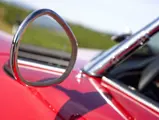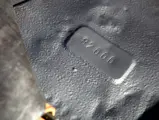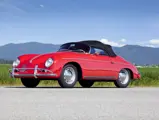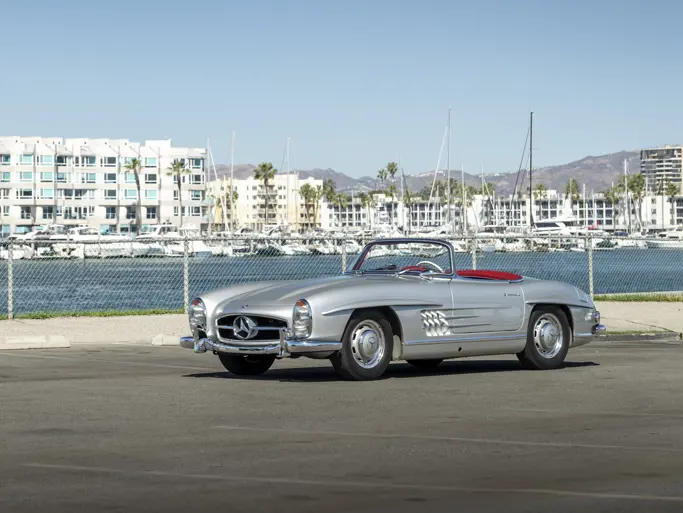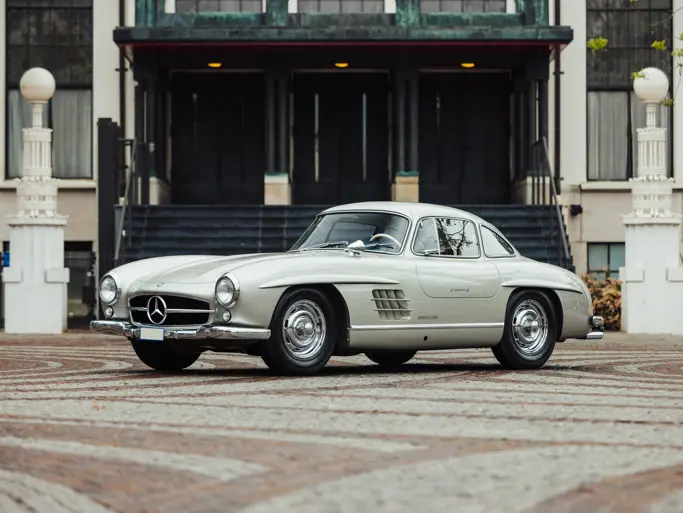75 hp, 1,582 cc air-cooled flat four-cylinder engine, twin carburetors, parallel trailing arms, front suspension with laminated torsion bars, rear swing axles with transverse torsion bars, and four-wheel hydraulic drum brakes. Wheelbase: 82.7"
Titles as 1957.
• Matching-numbers car verified by Porsche Certificate of Authenticity
• Owned by a Porsche factory mechanic since 1967
• Full rotisserie restoration
Americans can thank importer Max Hoffman for the Porsche Speedster. The New York dealer brought 15 special roadsters to the U.S. in 1954, and seeking a competitive price point, he ordered them with bare-bones equipment. The gamble paid off, and the simple Speedster captured the public’s imagination.
The 356 was designed by Ferry Porsche back in 1948, using the Volkswagen platform designed by his father. Lightweight and simple, it was instantly competitive, from hill climbs to long-distance rallying. A Works car won the 1,100 cc class at Le Mans in 1951, and in so doing, it set a pattern that would continue for 60 years, with Porsche producing some of the greatest race cars of the 20th century.
The Speedster took off in the U.S. with 4,243 finding enthusiastic buyers between 1955 and 1959, when the Reutter-bodied roadster was replaced by the more sophisticated Convertible D. This boasted a taller windshield, windup windows, and a respectable top, but it didn’t have the same magic.
The Speedster was simple, and its light weight made it more fun to drive than the Cabriolet. The windshield was cut down and the top curved, and an aluminum side spear made the car appear even lower. Tiny side screens replaced roll-up windows, and the top was minimal. The dashboard was made lighter with revised gauges, a padded lip, and no glove box. Seats were lower and non-reclining.
The car offered today was manufactured on October 15, 1956 and was one of 850 Speedsters sold in the U.S. that year, being delivered to Max Hoffman in New York, as confirmed by the Porsche Certificate of Authenticity. It was sold by Porsche Import Cars in Chicago to a buyer who purchased it for his son. Unfortunately, the son destroyed the transmission, which was removed and some years later delivered to the dealership for an estimate of the cost of a rebuild. The mechanic who disassembled the transmission in 1967 is the car’s present owner. Originally a Porsche factory R&D mechanic, he was brought from Switzerland to work especially on the Carrera four-cam race cars belonging to Porsche Import owner Oliver Schmidt.
The estimate for the transmission rebuild was too much for the owner, who asked the mechanic, “Do you want to buy the car?” Once repaired, the Speedster became the present owner’s weekend car, as he moved to California and continued to work on Porsches. “Nobody restored cars in those days,” he recalled. “I got it running and fixed it up.”
The pressure of customer work always took precedence, but in 1998, the seller eventually began an unhurried restoration of the Speedster. He elected to strip the Porsche to bare metal and completely rebuild his car in every possible regard. His rotisserie restoration was fully documented and photographed, down to pictures of the bare-metal tub on the back of his VW transporter. Porsche enthusiasts will agree that the end result is spectacularly correct. The detailed provenance and unique proven expertise of the restorer ensures that this car is the equal of any Speedster.

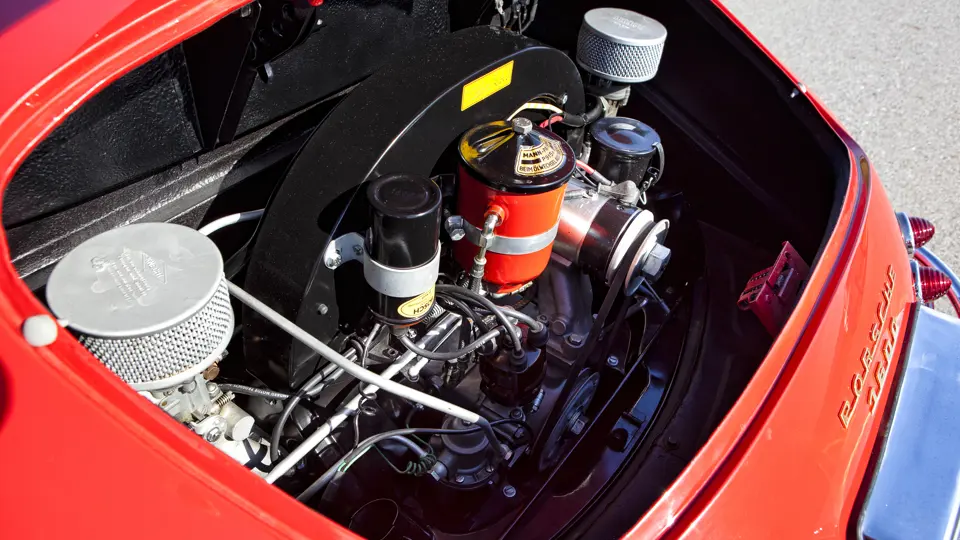


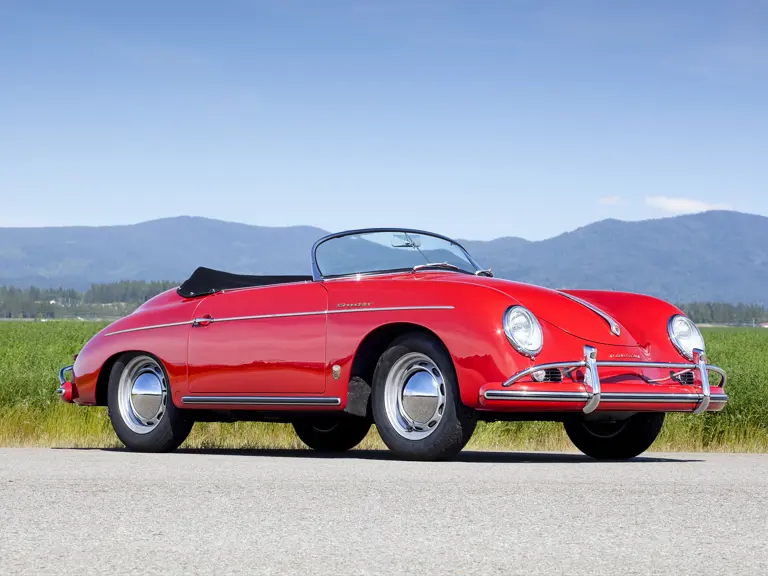
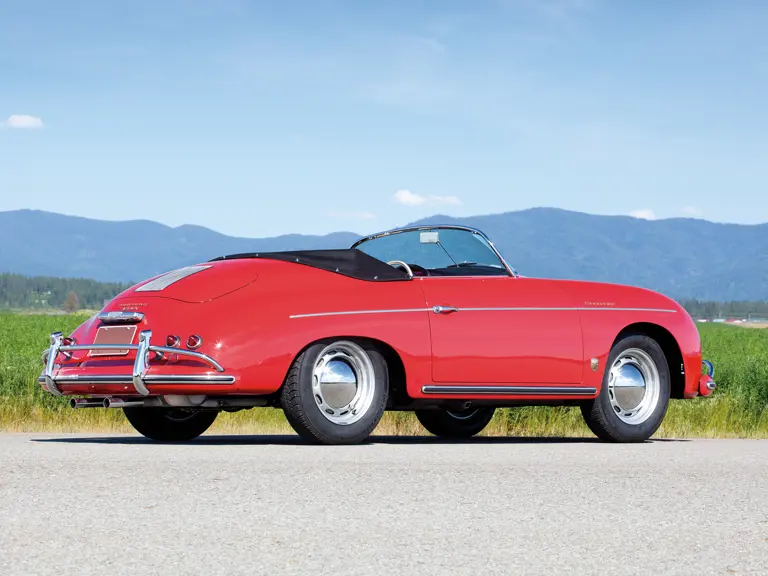
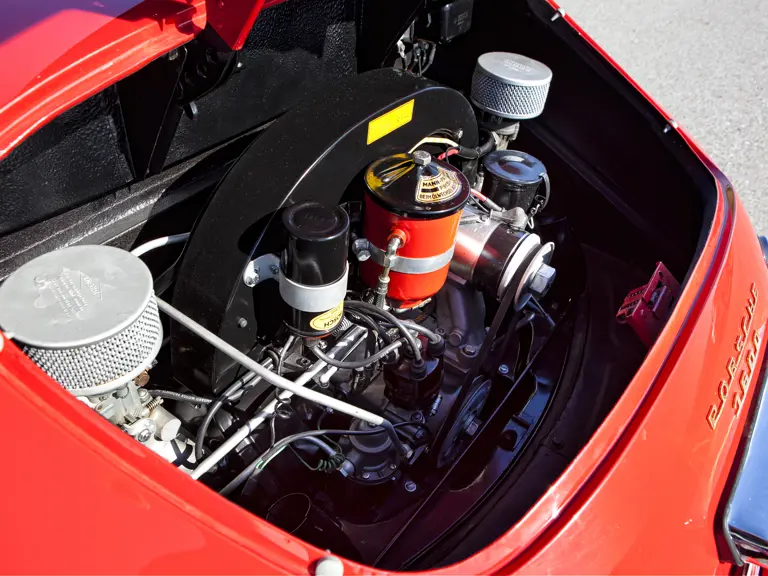
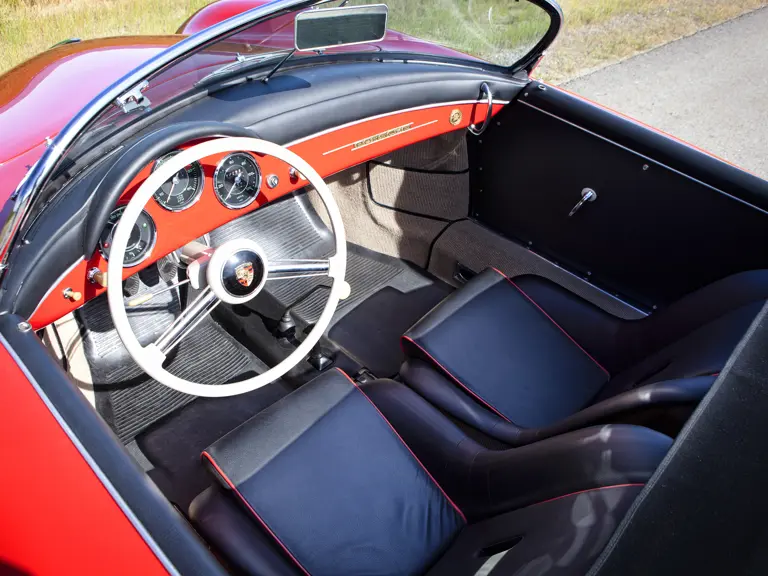
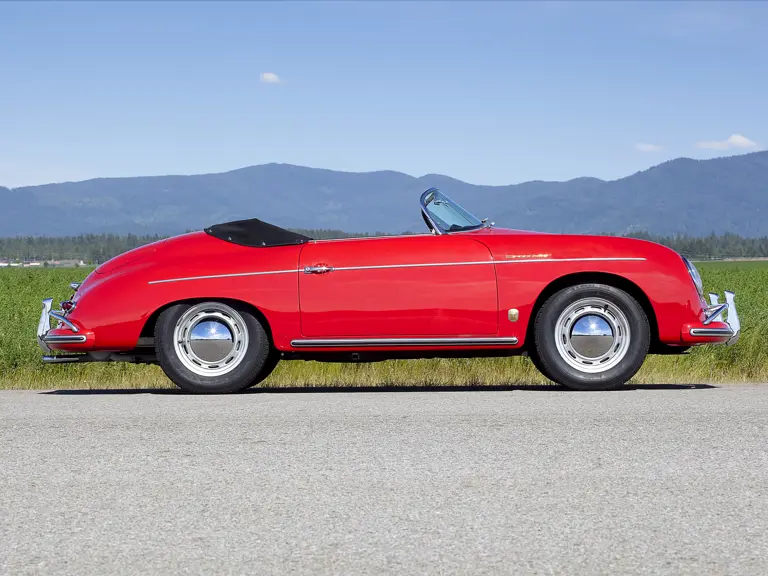

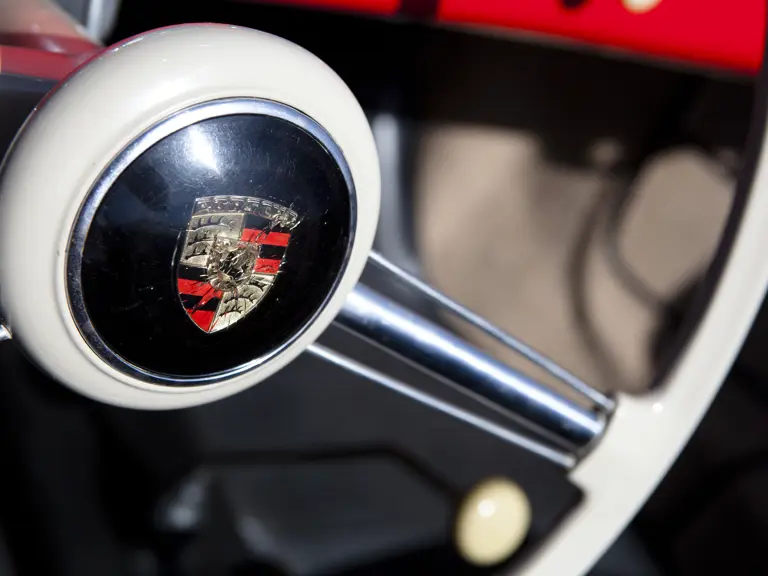
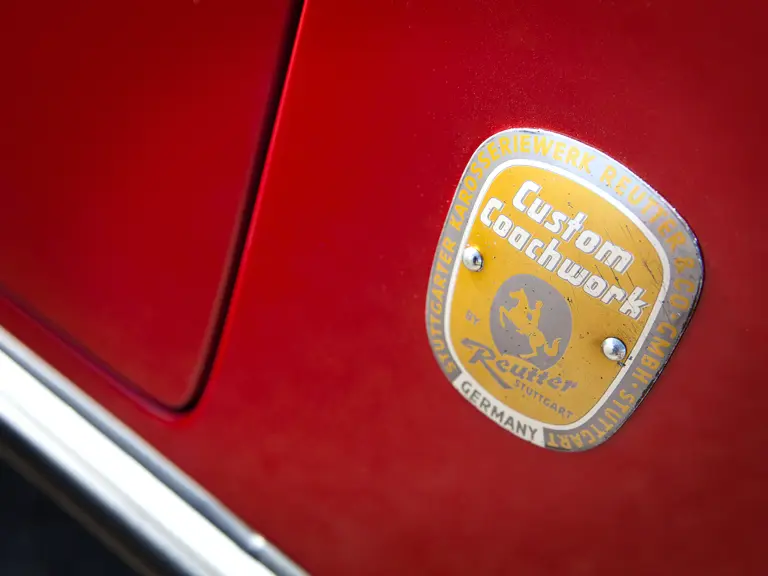
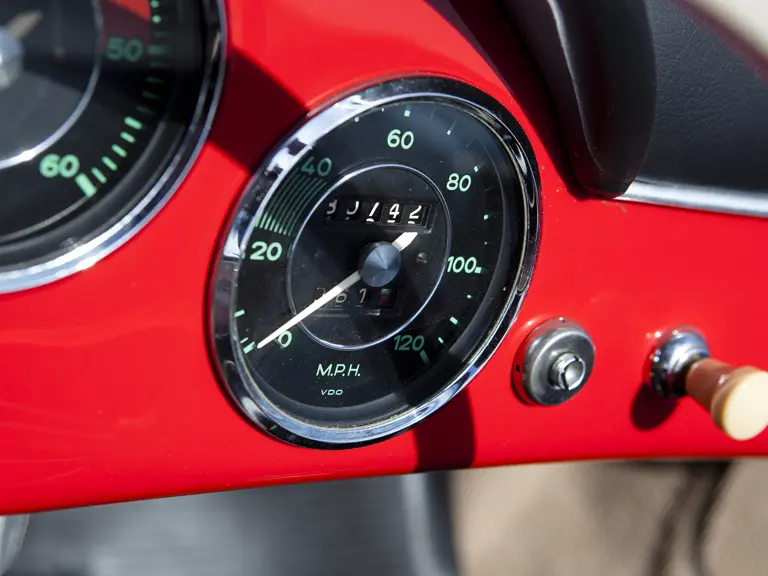
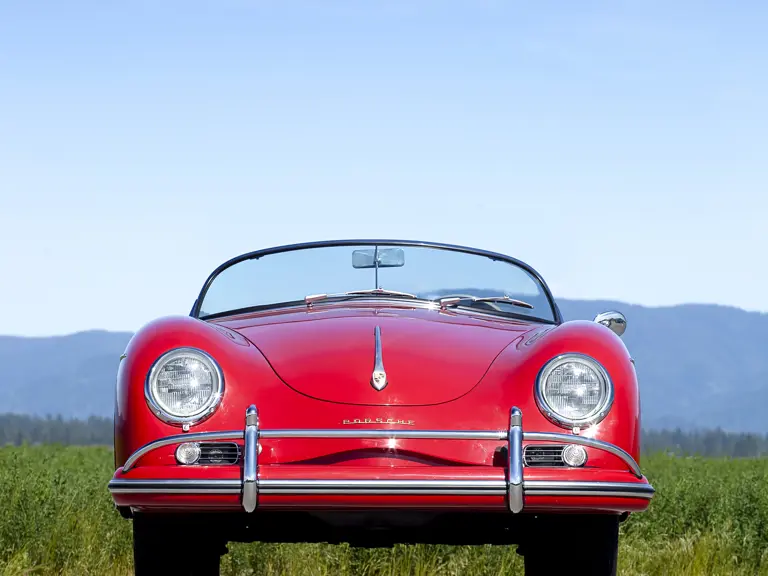

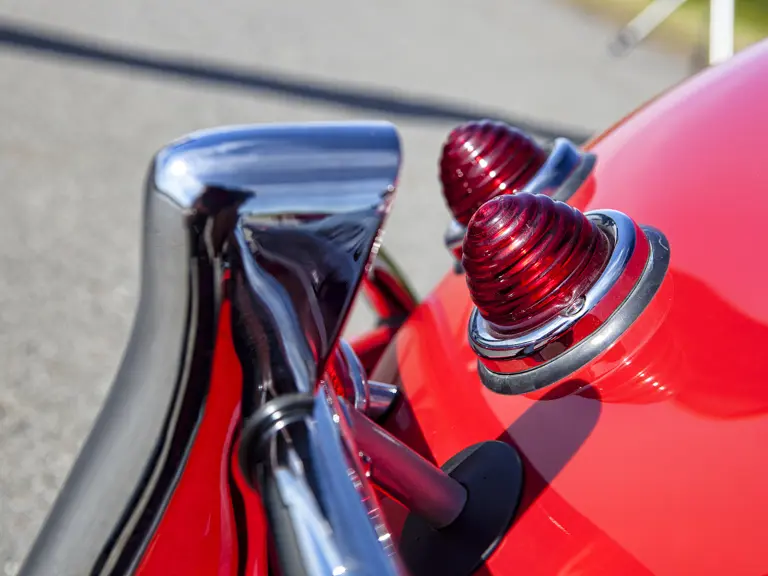
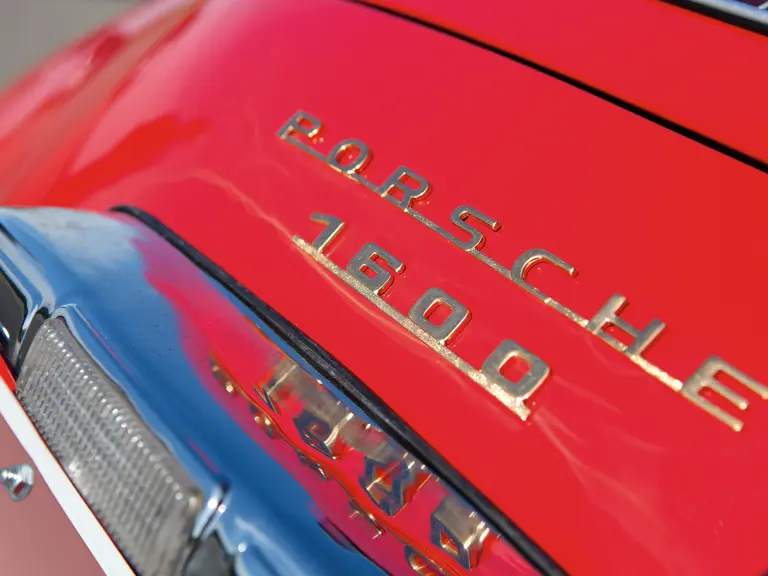

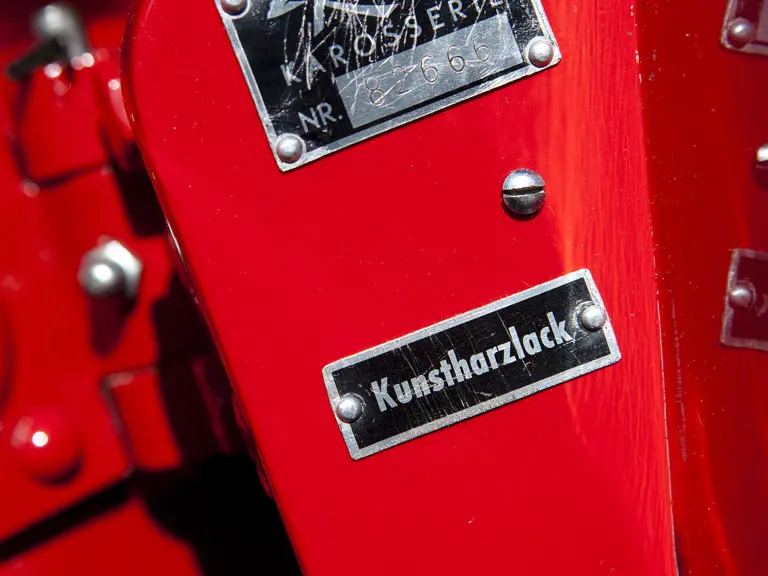
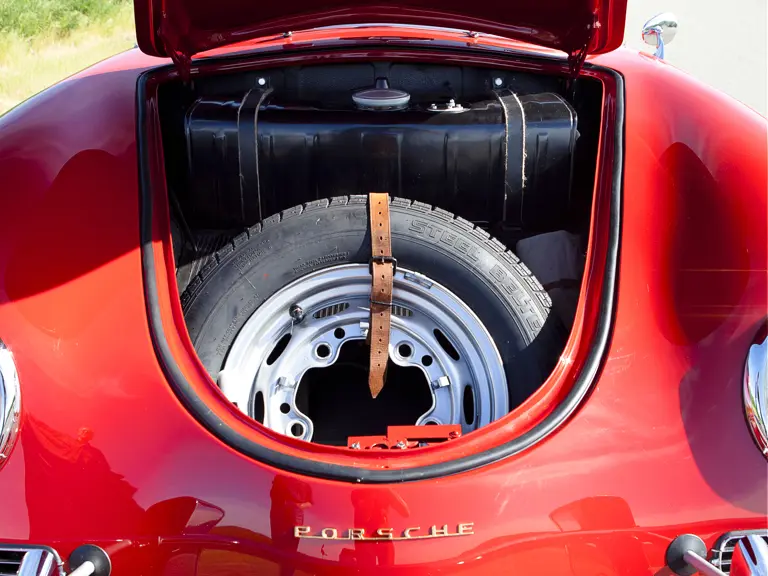
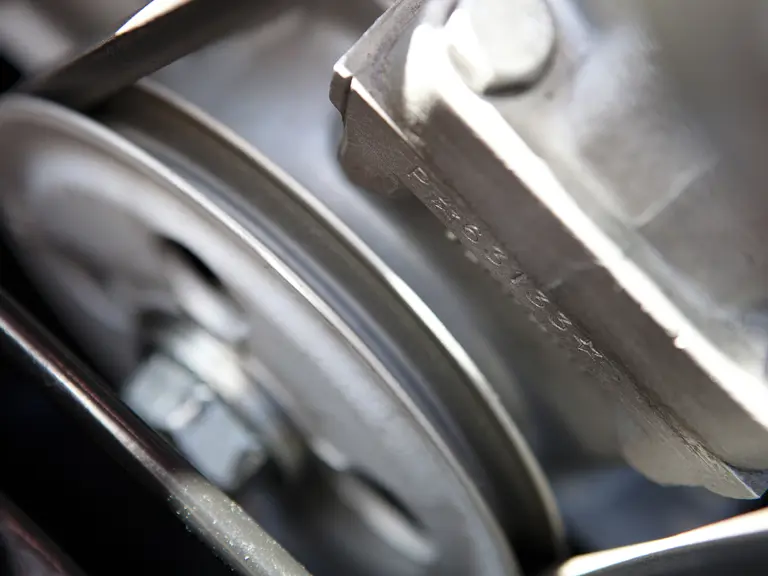
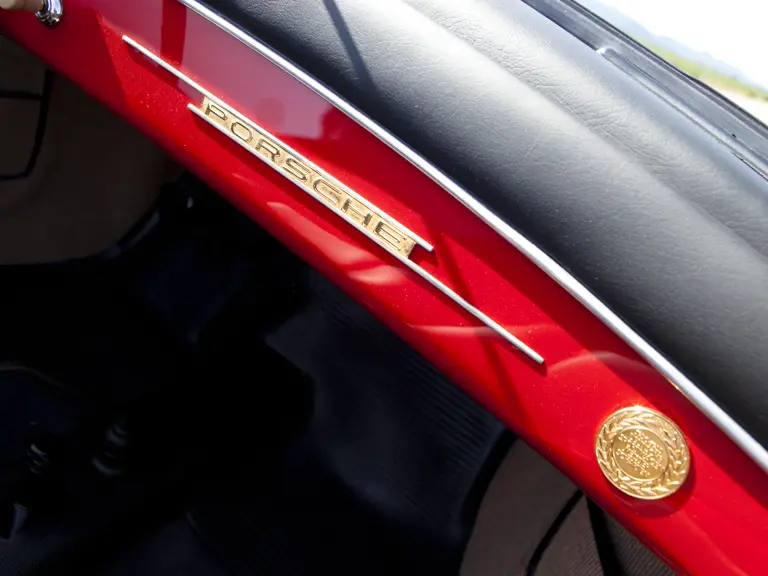
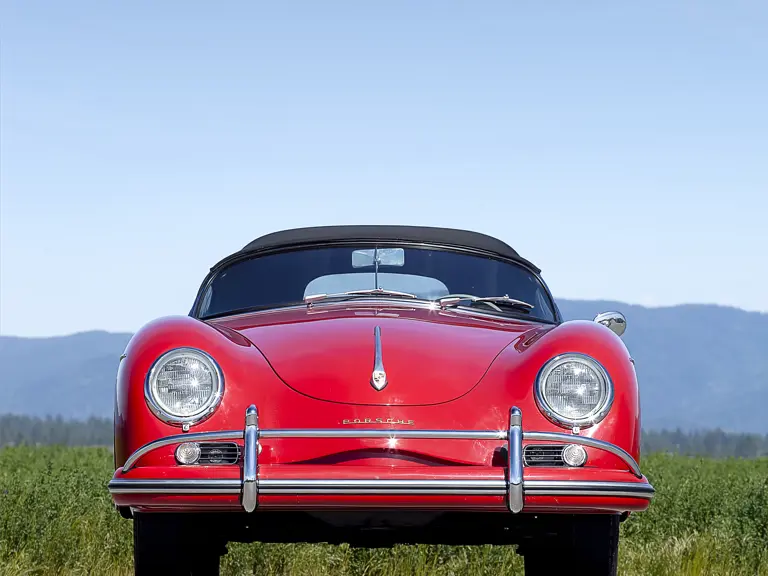
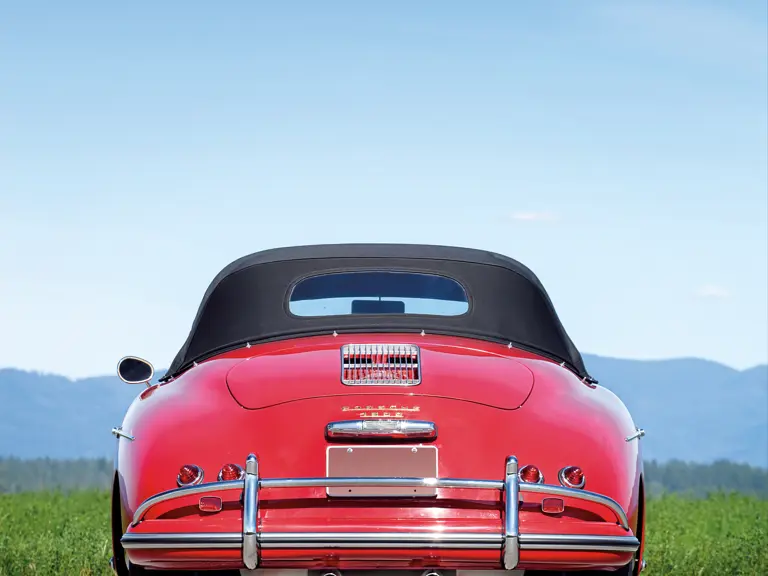
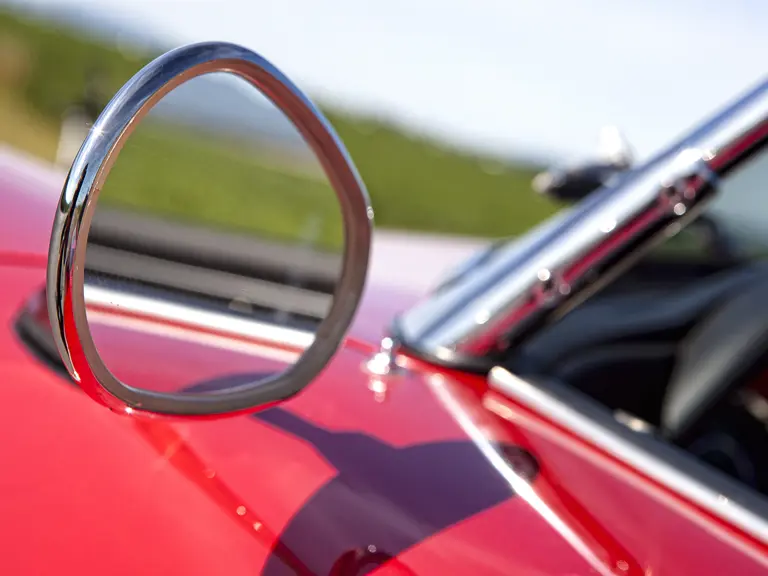
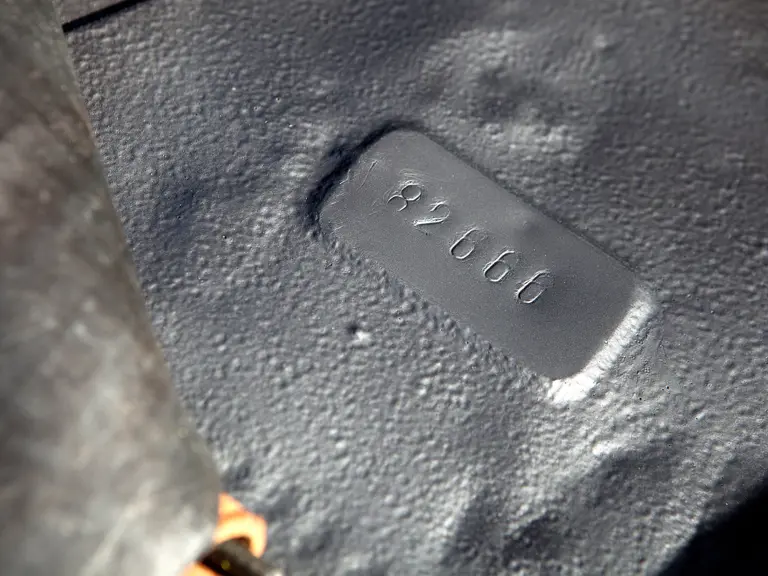
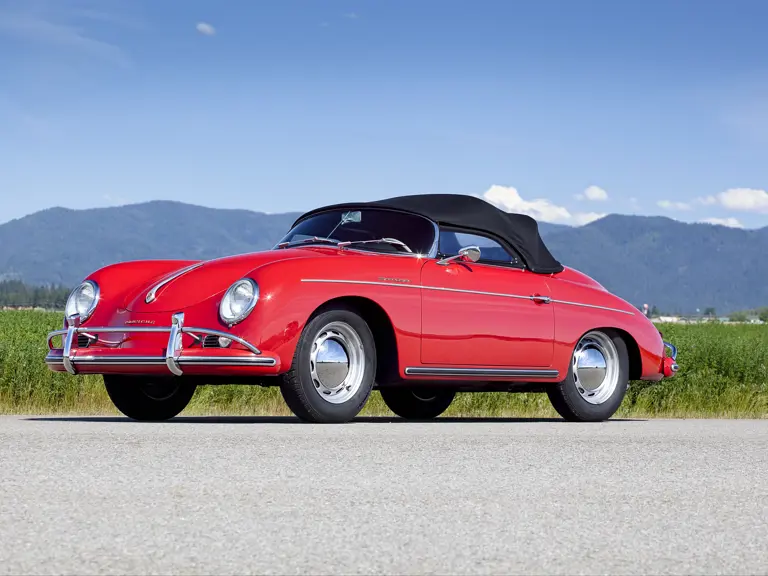
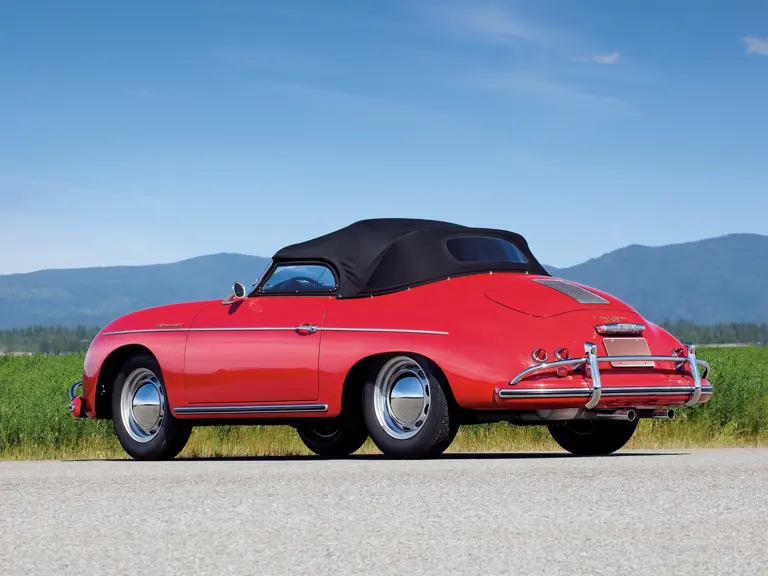

 | Monterey, California
| Monterey, California
